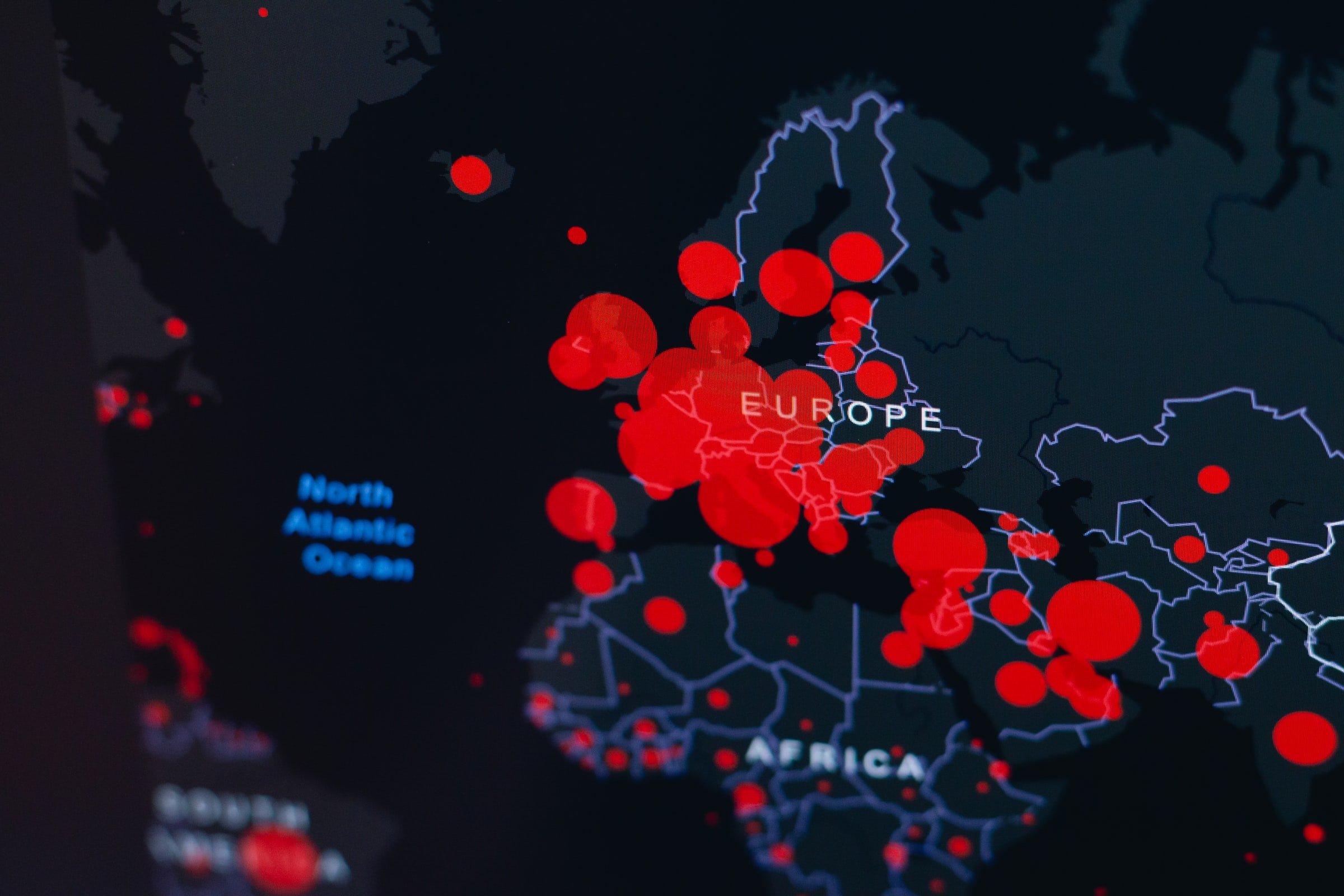
The network testing experts at Ookla have published an analysis of European mobile roaming speeds over a year defined by the COVID-19 pandemic.
Existing vaccines are, fortunately, effective against the ‘Delta’ variant which is spreading rapidly in countries like the UK. However, the reduced efficacy – especially after just one dose – has already set back the country’s lifting of remaining restrictions by four weeks.
A more virulent, deadly, and vaccine-dodging variant could set progress almost back to square one in a worst-case scenario. However, the likely average scenario is that things which have been restricted over the past year – like international travel – return mostly to normal over the course of the year (with sensible precautions like face masks and mandatory use of hand sanitiser in communal areas.)
So, with global travel potentially back on the cards, what has the roaming performance been like across Europe over the past year?
According to Ookla’s data, roaming speeds in most European countries were slower in Q1 2021. 19 of the 26 statistically-viable studied European countries experienced slower median roaming download speeds than median local download speeds.
Of the seven countries which experienced faster download speeds when roaming, Latvians benefitted the most with a 23.4 percent increase. This was followed by Estonia (22.8%) and Ireland (19.5%).
The UK experienced approximately the same download speeds no matter whether citizens were roaming (28.09Mbps) or using local (27.96Mbps) networks. Hungary was also similar but with a decrease of 0.5 percent when roaming instead of the same percentage increase experienced by travelling Brits.
As for decreases in median speed while roaming, all the other countries experienced drops of at least 8.5 percent. The largest drop was experienced from Dutch citizens who suffered a 65.8 percent decline from a local median speed of 77.52 Mbps to 26.48 Mbps while roaming.
Overall, roaming speeds across Europe increased 6.9 percent between Q1 2020 and Q1 2021.
Estonia led the way in increasing its median roaming speed over the year with a 51.5 percent increase (from 27.82 Mbps to 42.16 Mbps). This was followed by the Netherlands with a 44 percent increase (from 18.39 Mbps to 26.48 Mbps) and Luxembourg with a 39.8 percent jump (from 18.82 Mbps to 26.31 Mbps).
The countries which dragged the average European roaming speed down with decreases in median downloads speed include Slovakia (20%), Italy (19.7%), Ireland (18.9%), Greece (13.5%), the UK (4.7%), Germany (2.9%), Czechia (2.4%), Finland (1.6%), and Portugal (0.2%).
You can find a full copy of Ookla’s European roaming analysis here.
(Photo by KOBU Agency on Unsplash)

Find out more about Digital Transformation Week North America, taking place on November 9-10 2021, a virtual event and conference exploring advanced DTX strategies for a ‘digital everything’ world.





